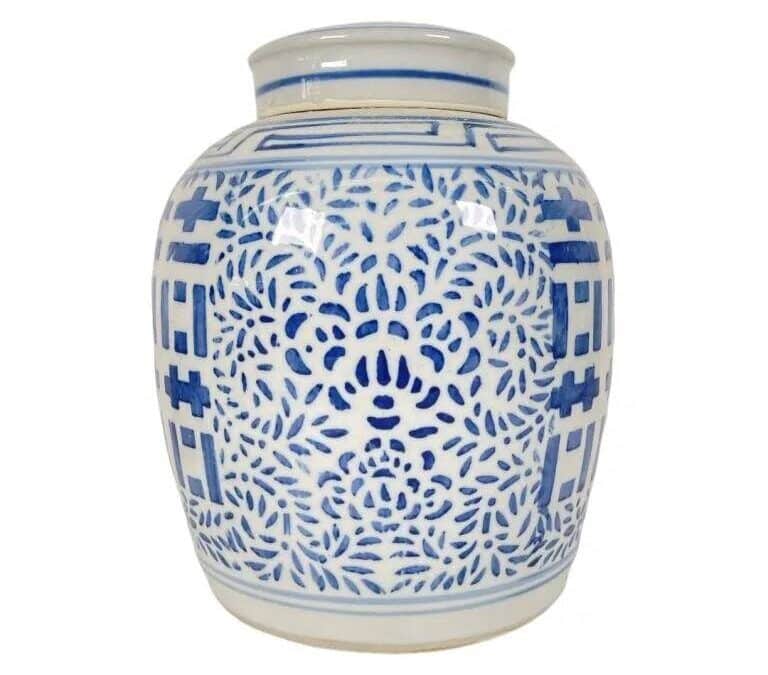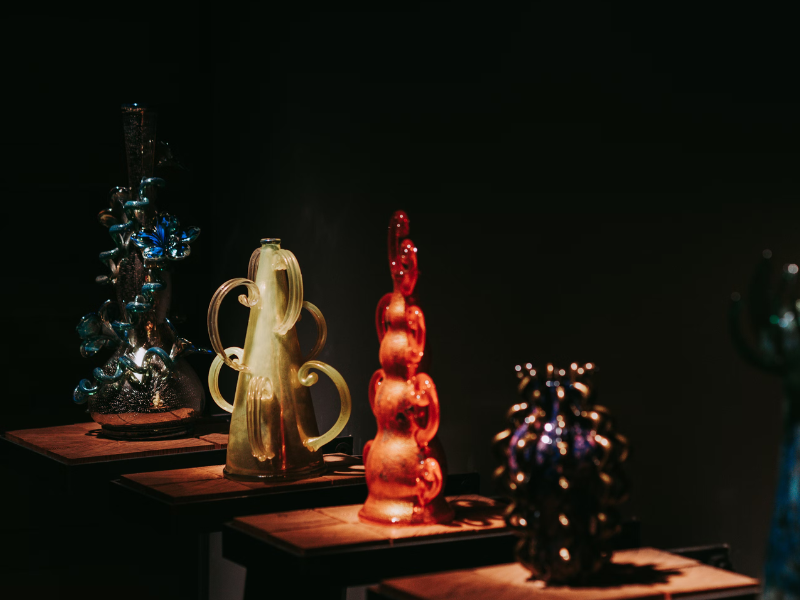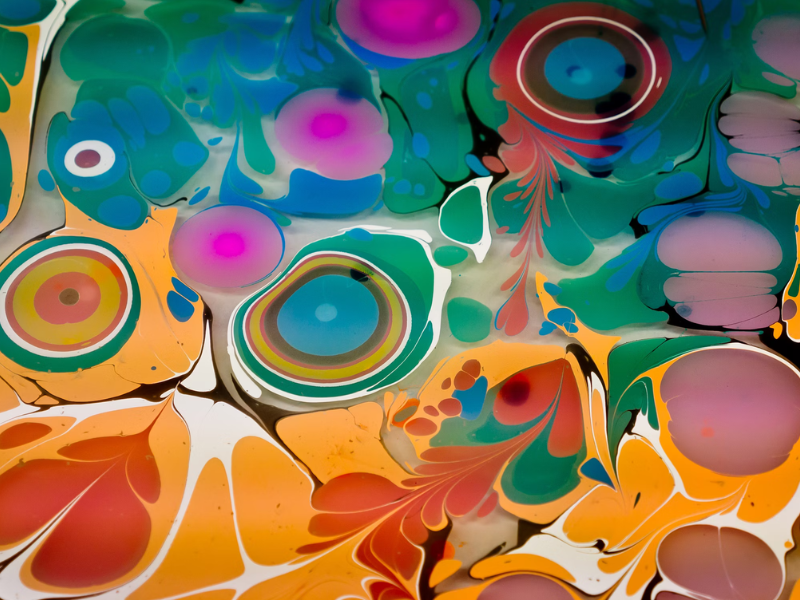You don’t have to be an art expert to know a Chinese vase when you see one. Distinct aesthetic features, including intricate artwork and delicate porcelain, make one instantly recognizable.
Authentic Chinese vases from the Ming or Qing dynasty can fetch prices in the hundreds of thousands or even millions. However, it isn’t so easy to determine at first glance which vases are highly valuable artifacts – and which ones are not.
So how do you know if you have an ancient Chinese vase or if you’ve found an authentic one at a decorative art auction? Keep reading to learn more from the appraisal experts at Joshua Kodner Galleries. We’ll cover the telltale signs, as well as some Chinese art history, that will offer helpful insight.
History Of Chinese Porcelain Production
We know that porcelain vases were produced in the region of modern-day China as far back as the Han dynasty, which lasted from 206 BC to 220 AD. Vases were made in family workshops called “kilns,” as is still the case in many parts of the country today. Royal kilns were established during the Ming dynasty to produce vases for imperial and ruling class use. To determine the actual age of a vase and have a better idea of its potential value, you can look for signs of ancient production methods or official markings.
Identify Reign Marks
By the Ming and Qing dynasties, porcelain artists were regularly leaving reign marks on vases they made for imperial use. A reign mark indicates the time period the vase was made and who the emperor was at the time of its production. While an authentic reign mark will tell you the exact time period the vase was made, keep in mind that reign marks can definitely be forged. Always have vases appraised by a specialist to determine the authenticity of anything that resembles official markings.
See & Feel It For Yourself
Reign marks were used to designate pieces of porcelain made for imperial use, by the emperor or other members of the imperial palace. Any vases with reign marks should be of the highest quality in terms of material and craftsmanship. While it isn’t always easy to gauge this, holding the object in your hands will give you some instinctual clues. Does it feel like something fit for an emperor or does it feel light and mass produced? If you’re unable to do this, we highly recommend working with a reputable specialist who can advise you on quality.
Know What Is Historically Accurate
When attempting to verify the age of a vase, it is very valuable to know which production methods were common in that time period and which ones were impossible. For example, pieces from the Ming dynasty are not likely to be very colorful because advances in glazing and firing hadn’t happened yet. If you are going to a Ming vase auction, keep in mind that most Ming porcelain will be of that classic blue and white variety. Every region has its own traditions and conventions, as well. These will impact the color, shape, and texture of the vases produced there.
Narrow Your Search
An effective way to get better at identifying authentic Chinese vases is to specialize in a specific type, shape, kiln, region, or time period. Specializing in a specific type of vase or other porcelain ware will allow you to do in-depth research, find dealers with the same specialization, and – with enough hands-on experience – improve your ability to tell which vases are authentic and which are look-alikes. Your collection will also be more artistically and historically cohesive.
Get in touch with Joshua Kodner Galleries today to expand your collection of Chinese vases or other porcelain wares with confidence. We’re proud to serve buyers in Fort Lauderdale, Palm Beach, and the surrounding areas with reputable auctions and expert assessments.





